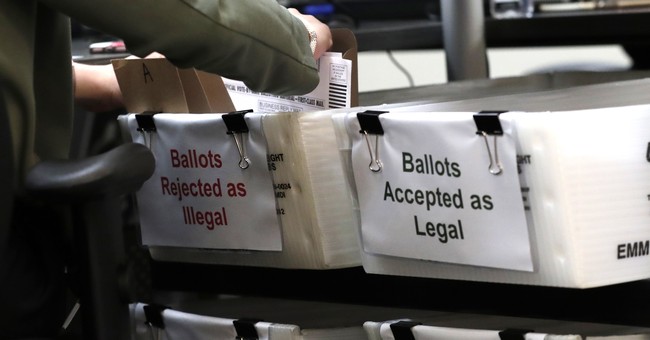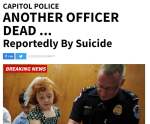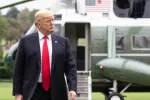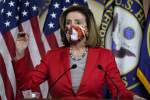
On September 28, California Secretary of State Alex Padilla (D-OfCourse) issued 14 new “emergency” regulations pertaining to the November general election, in which all registered voters in the state — in addition to lots of dead residents and those who’ve moved away — have been sent vote-by-mail ballots. The regulations make it more likely that invalid votes will be counted and increase restrictions on official observers.
Padilla’s office didn’t post the proposed regulations to the Secretary of State website until September 25, which is outside the five-day limit for public comment, according to Election Integrity Project California.
Of course, the mainstream media hasn’t picked up on any of this.
Just how ridiculous are these new regulations? Again from EIP-CA:
Now a voter does not even need a genuine ballot, but can just mark up a sample ballot, or scrawl votes on a “letter or note”. A diligent fraudster can stuff one barcoded ballot return envelope with as many notecard ballots as will fit, and scribble names and signatures of additional voters somewhere on the envelope. [20991(b)(11)]. Because signature verification has been weakened, such fraud could well succeed.
The new Regulation 20940(j) imposes a “beyond a reasonable doubt” standard for determining that a voter’s signature on the envelope and their registration card do not match AND requires that two election judges agree that they do not match beyond a reasonable doubt. This makes it more likely that fraudulent ballots will not be rejected, especially since all of the regulations are to be liberally construed in favor of the voter. Upholding a vigorous standard for signature matching doesn’t run the risk of disenfranchising voters since the “curing” provides that no ballot can be rejected without notifying the voter and offering an opportunity for that voter to verify the ballot.
In addition, Padilla’s office is using the Wuhan coronavirus pandemic to allow county officials to restrict election observers to a “designated area” and even allows county officials to require remote observation from another room or even from the observer’s home via Zoom. There has already been a problem with this practice during an election “this spring” (I’m not sure if they’re referring to the primary or to the 25th Congressional District special election):
Remote observation not only limits the quality and narrows the viewing angle of what the observers can see, it also keeps them from asking timely questions about election procedures. This spring in Los Angeles, our observer in the Zoom room was told to write down her question and mail it to the Registrar of Voters, an accommodation that is neither reasonable nor timely.
So, under this new scheme (that claims Gov Gavin Newsom’s executive orders as its legal basis), a county could receive one barcoded envelope with one ballot, multiple marked-up sample ballots, and multiple notecards listing a voter’s preferences, with all of those voters’ signatures on the outside of the envelope, and if no two judges can determine “beyond a reasonable doubt” that the signatures do not match and the remote observer’s mailed-in question or challenge is somehow lost in the mail, then they’ll all be counted.
Sounds secure.






